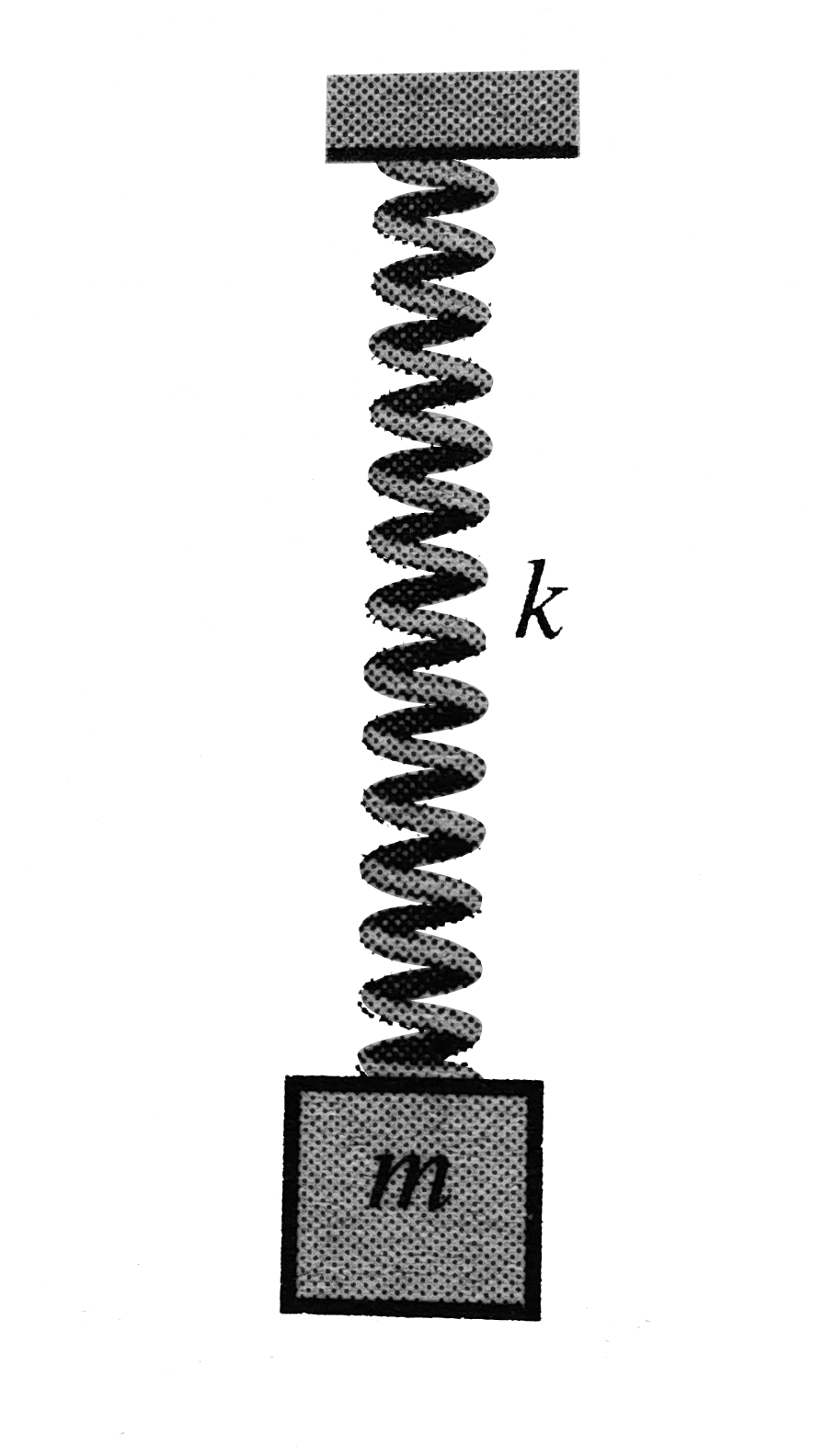Mark out the correct options.
(a)Diamagnetism occurs in all materials
(b)Diamagnetism results from the partial alignment of permanent magnetic moment.
(c)The magnetizing field intensity H is always zero in free space.
(d)The magnetic field of induced magnetic moment is opposite to the applied fied.
The correct Answer is:A, D
To solve the question, we need to analyze each of the given options regarding their correctness based on the principles of magnetism, particularly focusing on diamagnetism.
1. Evaluate Option A: "Diamagnetism occurs in all materials."
- Diamagnetism is a property that is present in all materials, although it may be overshadowed by other magnetic properties like ferromagnetism or paramagnetism in certain materials. Therefore, this statement is true.
2. Evaluate Option B: "Diamagnetism results from a partial alignment of permanent magnetic moment."
- Diamagnetism does not involve the alignment of permanent magnetic moments. Instead, it arises from the induced magnetic moments in the presence of an external magnetic field, which oppose the applied field. Thus, this statement is false.
3. Evaluate Option C: "The magnetizing field intensity H is always 0 in free space."
- The magnetizing field intensity H can be zero in free space, but it is not always zero. In many cases, it can be defined and is not necessarily zero. Therefore, this statement is false.
4. Evaluate Option D: "The magnetic field of induced magnetic moment is opposite to the applied field."
- This statement is true. In diamagnetic materials, the induced magnetic moment is indeed opposite to the direction of the applied magnetic field, which is a characteristic of diamagnetism. Thus, this statement is true.
Final Conclusion:
- The correct options are A and D.
- Diamagnetism is a property that is present in all materials, although it may be overshadowed by other magnetic properties like ferromagnetism or paramagnetism in certain materials. Therefore, this statement is true.
- Diamagnetism does not involve the alignment of permanent magnetic moments. Instead, it arises from the induced magnetic moments in the presence of an external magnetic field, which oppose the applied field. Thus, this statement is false.
- The magnetizing field intensity H can be zero in free space, but it is not always zero. In many cases, it can be defined and is not necessarily zero. Therefore, this statement is false.
- This statement is true. In diamagnetic materials, the induced magnetic moment is indeed opposite to the direction of the applied magnetic field, which is a characteristic of diamagnetism. Thus, this statement is true.
- The correct options are A and D.
Topper's Solved these Questions
- MAGNETIC PROPERTIES OF MATTERBOOK - HC VERMA ENGLISHCHAPTER - MAGNETIC PROPERTIES OF MATTEREXERCISE - Exercise
9 Videos
- MAGNETIC PROPERTIES OF MATTERBOOK - HC VERMA ENGLISHCHAPTER - MAGNETIC PROPERTIES OF MATTEREXERCISE - Short Answer
6 Videos
- MAGNETIC PROPERTIES OF MATTERBOOK - HC VERMA ENGLISHCHAPTER - MAGNETIC PROPERTIES OF MATTEREXERCISE - Objective 1
7 Videos
- MAGNETIC FIELD DUE TO CURRENTBOOK - HC VERMA ENGLISHCHAPTER - MAGNETIC FIELD DUE TO CURRENTEXERCISE - questions for short answer
12 Videos
- OPTICAL INSTRUMENTSBOOK - HC VERMA ENGLISHCHAPTER - OPTICAL INSTRUMENTSEXERCISE - Question for short Answer
12 Videos
Similar Questions
Mart out the correct options
View Solution
For the spring pendulum shown in fig. the value of spring constant is 3×104Nm and amplitude of oscillation is 0.1m. The total mechanical energy of oscillating system is 200 J. Mark out the correct option (s).
View SolutionMark the incorrect option.
View SolutionMark the incorrect option .
View Solutionmark the correct options.
View SolutionMark the correct options.
View SolutionMark the correct options.
View SolutionMark the correct options
View SolutionMark the correct option:
View SolutionMark the correct options
View Solution
